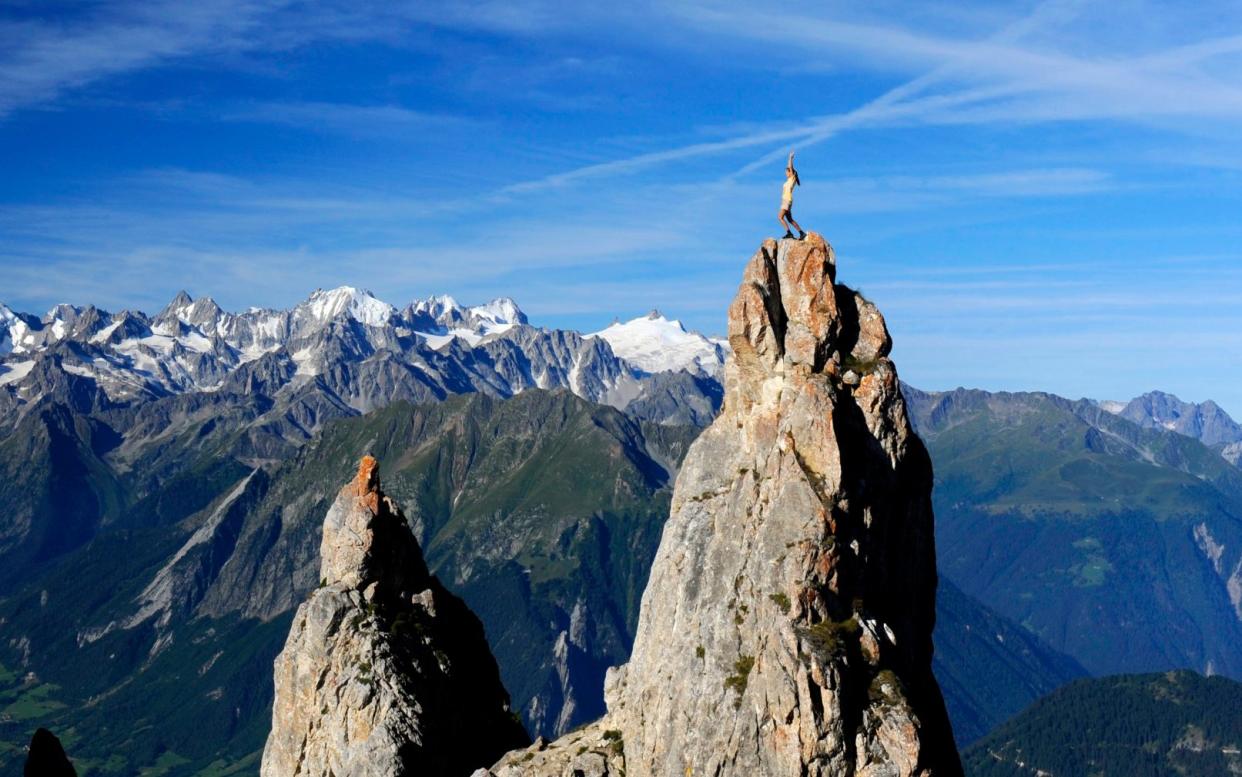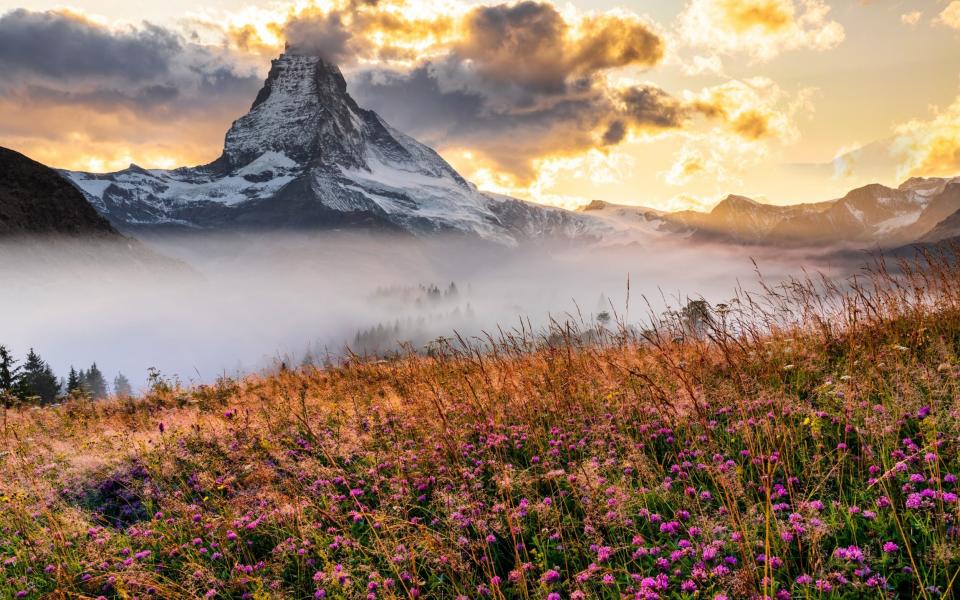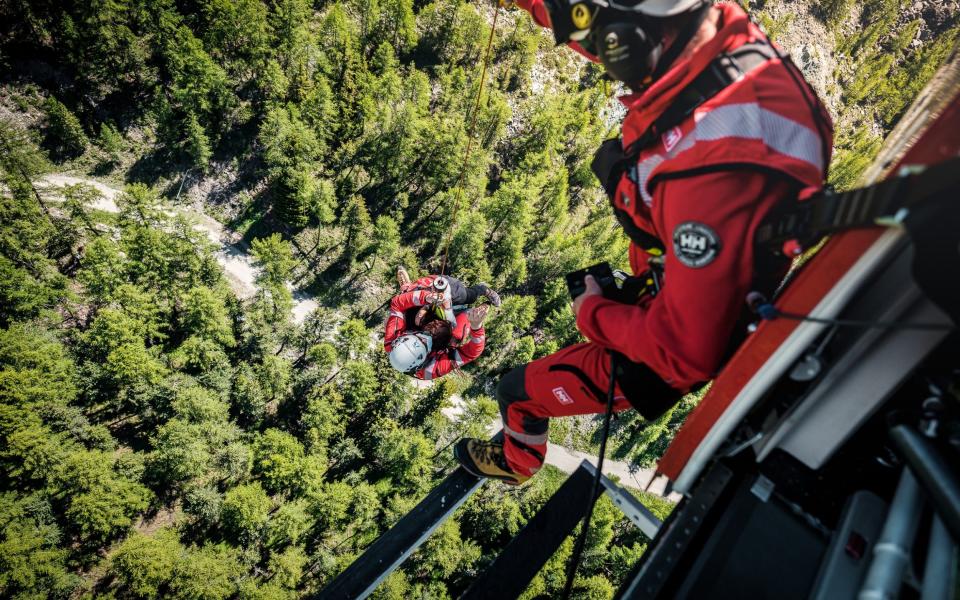Why the rise of clueless 'Instagram-adventurers' is so dangerous (and dumb)

Mountain rescue teams and guides are scratching their heads over how to quell the growing number of people stumbling into the mountains unaware of the risks. They blame Instagram and other social media outlets that glamourise some of the world’s toughest climbs without showing the behind-the-scenes years spent building experience, and the skills, equipment and decision-making nous required.
The summer heatwave in Europe, after a mild, snowless winter, has caused a serious deterioration in conditions in the mountains, as high-altitude glaciers and permafrost melts. The situation reached a boiling point last week, with the mayor of Saint-Gervais, Jean-Marc Peillex, imposing a €15,000 deposit (roughly £12,684) on those attempting to climb Mont Blanc, the highest peak in the Alps, against local advice. He voiced that novice hikers are playing a version of Russian roulette, and think the mountain is “a game without any real risks”.
‘Which one is the summit?’
Attracting around 30,000 climbers every year, Mont Blanc has long been regarded as a trophy summit and its accessibility is a big part of the problem, says John Taylor of Mont Blanc Guides, who leads groups of often inexperienced hikers up the 4,809m peak.
“The mountain is close to the road so people think ‘I’ll pop up there this afternoon’,” he says, admitting to having seen three people fall to their death in three separate incidents and been stopped by walkers asking “which one is the summit?”.
“People think it’s a hike, not a climb, but they are often very humble when they get up there and realise how wrong they got it – they’re not being deliberately wilful and arrogant – they just have no idea of the dangers.”
The Matterhorn in Spandex shorts
Summiting the Matterhorn in Zermatt, Switzerland, is another bucket-list experience, and Air Zermatt operates the rescue service for the area during winter and summer, handling around 2,000 annual rescues.

Director of mountain rescue Anjan Truffer explains: “As mountain rescue teams you try not to judge, but I often think even my kids wouldn’t be so dumb to be here with this [lack of] equipment.
“Many rescues could be avoided with a simple bit of common sense. There’s growing interest in ski mountaineering and trail running, where people run up the mountain in super-lightweight gear wearing hardly any clothes, and others who try to summit the Matterhorn in Spandex shorts and sneakers, because it’s been done by one or two pro athletes and they’ve seen it on social media,” says Anjan. “And what do people do nowadays? Watch social media all day long and want to do the same.”
Professional athlete 34-year-old Catalan Kílian Jornet Burgada, describes himself as a “360-degree mountain athlete” who seeks to enjoy the mountains in a “light, simple and dynamic way”. But while his posts on Instagram of sky running, trail running and ski mountaineering look beautiful, summiting Mont Blanc in a pair of shorts is, for the average person – or even the average pro – entirely unachievable. While in the 2018 film Free Solo Alex Honnold was able to chart his life-consuming training and story behind free climbing El Capitan’s 900m rock face in Yosemite National Park, Jornet’s short posts which have been watched millions of times, show nothing of the journey so far.
Sky-high rescue costs
While it’s hard to exactly quantify the increased appetite for “bucket-list” Instagram adventures and challenges, insurance provider Battleface is to launch a specialist product tailored to the growing market later this year after seeing an increase in requests over the past six months. The company warned last winter that skiers are underestimating the cost of a helicopter rescue, which can reach £10,000. Although in France the government – and therefore taxpayers – foot the bill, in other destinations it is often the rescue victim who must fork out.
London-based Tim Blakey is still paying off his £6,000 rescue after being hoisted from a crevasse in Saas-Fee, Switzerland, last February. He had been snowboarding alone, off-piste on a glacier, without any equipment, when he fell and by some miracle reached emergency services with only three per cent battery on his phone.

“Afterwards, my mother called me an idiot on live television and I deserved it,” said the 42-year-old physiotherapist. “I looked at the snow forecast the night before and wanted to find fresh powder. I didn’t do any research of the area, so didn’t know I was on a glacier, or there could be crevasses. I know the rescue services put their lives in danger rescuing me so I can’t complain about the money – even though it’s hit me very badly this year.”
Lessons to be learned
That Instagram plays a “massive, undeniable” role in leading people to the “big goal” mountains is without doubt for Verbier-based former French professional snowboard Olympic and Freeride World Tour champion Xavier de le Rue. But unlike some influencers, Xavier feels a great responsibility to educate his nearly 300,000 followers after a long career interspersed with incidents, including being buried by an avalanche in which he briefly stopped breathing. On a separate occasion, he had to pull a friend from a fatal slide.
“It is why I have built up my ‘How To XV’ YouTube channel to speak loudly about accidents and pass on information,” he says, but admits: “The simple truth is the ‘wow’ clips will always go viral and reach people who have no idea about the mountains.”

The problem has been increasing in the UK, too. Last March, Police Scotland issued an urgent warning for people to be adequately prepared for winter in the hills after a spate of accidents and deaths on Ben Nevis – the highest peak in the British Isles.
Farmer Morgan Hawkins, from Taunton, was helped by mountain rescue while walking an “easier route” up Ben Nevis with his father last March. The 21-year-old slipped on ice and fell more than 200ft, sustaining severe ice burns and scrapes.
“I have very little hiking experience and we just didn’t anticipate it to be so snowy and icy up there,” said Morgan. “It was frightening – I was going so fast I thought I was going to die, but thankfully I got caught in a gully and another climber had all the equipment needed to keep me warm, comfortable and safe until Lochaber Mountain Rescue came to my aid.” A doctor later told him he should have been equipped with crampons and was woefully unprepared.
Glory hunting
Also trying to educate is mountain guide Fred Buttard, who offers skills courses year-round through his company Upguides in the Haute Maurienne, France. While he said Chamonix and Mont Blanc – “where people with no experience just want the photo in the frame in their office” – are incomparable to the rest of the alpine climbing scene, he admits only a “tiny” percentage of clients on other peaks want to learn mountain skills.
“When people want to get straight into action our job is, and always has been, to minimise the risks and have big enough margins of safety,” said Fred.

The rising “pay-to-play” culture and lack of patience are big drivers of poor decision making, agrees Colorado-based climbing and mountain guide Steve Banks. “Many climbers set sights on a particular peak or objective and have dates slated to do it, so their judgement is clouded by emotional and financial investment – whereas it’s better to say ‘I’m climbing in this mountain range and at this time and I will choose my route according to current weather and conditions’.”
While mountain professionals agree a continuing push on education and tightening of restrictions – like the ban on wild camping on Mont Blanc introduced 2019 – is needed, what the answer is, no one seems to know. And few blame Peillex for losing patience last week.
“There is a huge amount of pressure on rescue teams,” says Nick Parks, another Swiss-based mountain guide. “While we might not agree how he said it, the mayor of Saint-Gervais is right, people need to really think about what they’re doing.
“You can’t police people’s insurance or insist they take a guide – where do you draw the line? You can’t have gendarmes [military police] standing on every single path. I support the fact that we should have the freedom to wander in the hills, that you should make up your mind and go where you want. Fortunately, the majority of the human race have a sensible head on their shoulders.”

